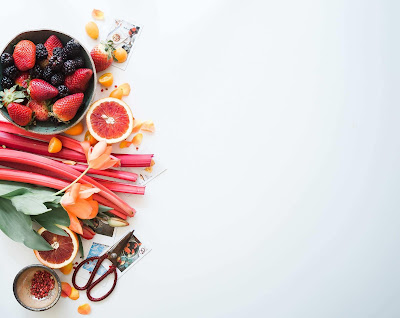The inorganic salts or ash of food are just as essential to the body as the other groups of food elements. These essential salts consist of the most common chemical elements, such as soda, potash, lime, magnesia, iron, phosphorus, sulphur, etc.
One might expect to find some rare elements in a piece of mechanism as complicated as the human body, but such is not the case. The body salts are of the most common kinds. These salts are found in proper amounts in foods as produced by nature.
We cannot take these salts as they are found in the chemical laboratory and use them to good advantage, but we should make sure that we are taking foods that will supply them in the proper amounts. Our best sources of supply are the grains, the fruits, and the vegetables. It is interesting to note that these mineral elements are generally found most abundantly, in the grains at least, in or near the outer coating, and that our high-grade flours are partially robbed of them when the bran and the middlings are removed.
The same seems to be true of potatoes. In peeling, a large part of these salts is removed, and thus the real value of this splendid food product is lessened. This is one of the strong arguments for the use of whole wheat flours and other whole grain products.
These inorganic salts are needed in the body to keep the various tissues up to their normal in composition. For example, the blood constantly needs some iron to build the red cells. Though the actual amount needed is very small, yet that small amount is exceedingly important to have at hand.
As some of these salts are constantly being eliminated from the body, there must be a constant supply to keep the tissues in equilibrium.








